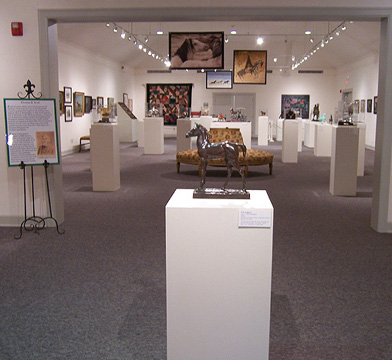
Portrait of a thoroughbred colt by Anna Hyatt Huntington

Portrait of a thoroughbred colt by Anna Hyatt Huntington
Filed under Latest News, New Stuff, People, Stuff

Johnson & Hardin, Attorneys
A memorandum prepared in 1866 by the law firm of Johnson & Hardin, recently acquired by WKU’s Special Collections Library, provides a glimpse into the post-Civil War legal status of African Americans in Kentucky. Unlike other border states, Kentucky had not recognized the right of former slaves or free blacks to testify in court against whites. Such resistance had attracted the attention of the Freedmen’s Bureau, which possessed the authority to operate a court system in which blacks qualified as witnesses. The passage of a federal Civil Rights Act in April, 1866 only intensified the constitutional tug-of-war over how much justice should be afforded African Americans in Kentucky. Not until 1872 was the issue resolved with a state law equalizing testimony rights.
That left the Johnson & Hardin firm in June, 1866 to ponder the procedural question of bringing an indictment against three men “for outrages committed on persons of color” in Nelson County. In the absence of a grand jury, the memo explained, a county judge had no authority to indict the men. Once in session, the grand jury could consider the matter and, “if they think it their duty to find a true bill on the testimony of colored persons,” hand down an indictment. Rather than rely upon the Freedmen’s Bureau, however, witnesses had to present themselves in person to the grand jury. “The papers before the Bureau,” the memo concluded, could not be used as evidence in state court.
A finding aid for the Johnson & Hardin memo can be downloaded here.
Filed under Manuscripts & Folklife Archives